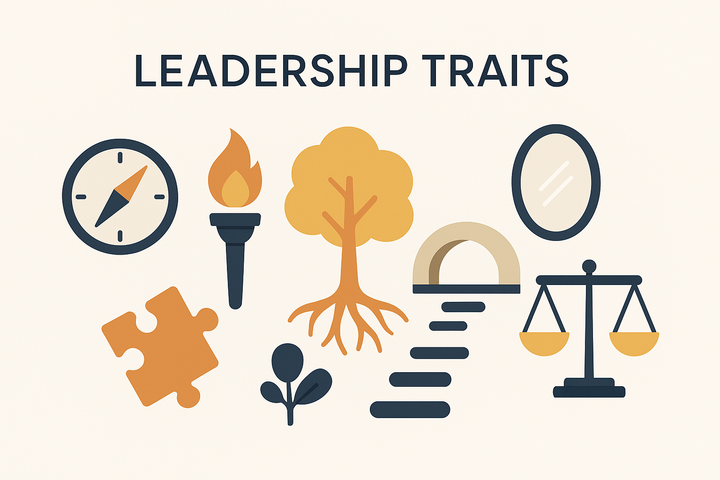Strategic Thinking in Leadership: To the Future with Foresight

Strategic thinking in leadership involves the ability to anticipate future trends, plan accordingly, and understand the broader implications of day-to-day decisions. It's about seeing the bigger picture, setting long-term goals, and devising effective plans to achieve them.
In leadership, strategic thinking is crucial as it enables leaders to guide their organizations through complexities and uncertainties, ensuring sustained growth and competitiveness. Strategic leaders are adept at balancing short-term pressures with long-term objectives, aligning resources and actions with overarching goals.
Real-world Examples - Leaders with Strategic Thinking
Jeff Bezos, founder and former CEO of Amazon, is renowned for his strategic thinking skills, particularly in envisioning and realizing the long-term potential of online retail and cloud computing.
Another example is Shantanu Narayen, CEO of Adobe Systems, who strategically transformed Adobe from a traditional software company into a leader in digital media and marketing solutions.
Benefits and Challenges of Developing Strategic Thinking
The benefits of strategic thinking in leadership include improved decision-making, better resource allocation, and enhanced ability to capitalize on opportunities. However, the challenge often lies in maintaining a strategic focus while managing day-to-day operational demands and in ensuring that strategic plans are adaptable to changing circumstances.
Developing Strategic Thinking as a Leadership Trait
To develop strategic thinking, leaders can:
- Regularly set aside time for long-term planning and reflection.
- Stay informed about industry trends, emerging technologies, and market shifts.
- Engage with mentors or advisors to gain broader perspectives.
- Encourage and participate in forward-thinking discussions within their teams.
Measuring and Assessing Strategic Thinking as a Trait
Leaders can assess their strategic thinking by:
- Reflecting on the alignment of their decisions with long-term objectives.
- Evaluating the success of implemented strategies in achieving desired outcomes.
- Seeking feedback from peers and team members on their vision and planning skills.
Application of Strategic Thinking in Different Leadership Scenarios
Strategic thinking is key in:
- Long-term organizational planning and growth strategies.
- Navigating market changes and competitive landscapes.
- Developing innovative solutions to complex challenges.
Balancing Strategic Thinking with Other Traits
While strategic thinking is valuable, it should be balanced with the ability to execute plans and manage day-to-day operations. Effective leaders blend strategic foresight with practical action.
Actionable Takeaways - Self-Reflective Questions on Strategic Thinking
- How do my decisions today align with the long-term goals of my organization?
- What can I do to improve my understanding of trends and potential future scenarios?
- How can I better integrate strategic thinking into my daily leadership practice?
Reflecting on these questions can help leaders strengthen their strategic thinking capabilities, ensuring they are well-prepared to lead their organizations into the future.



